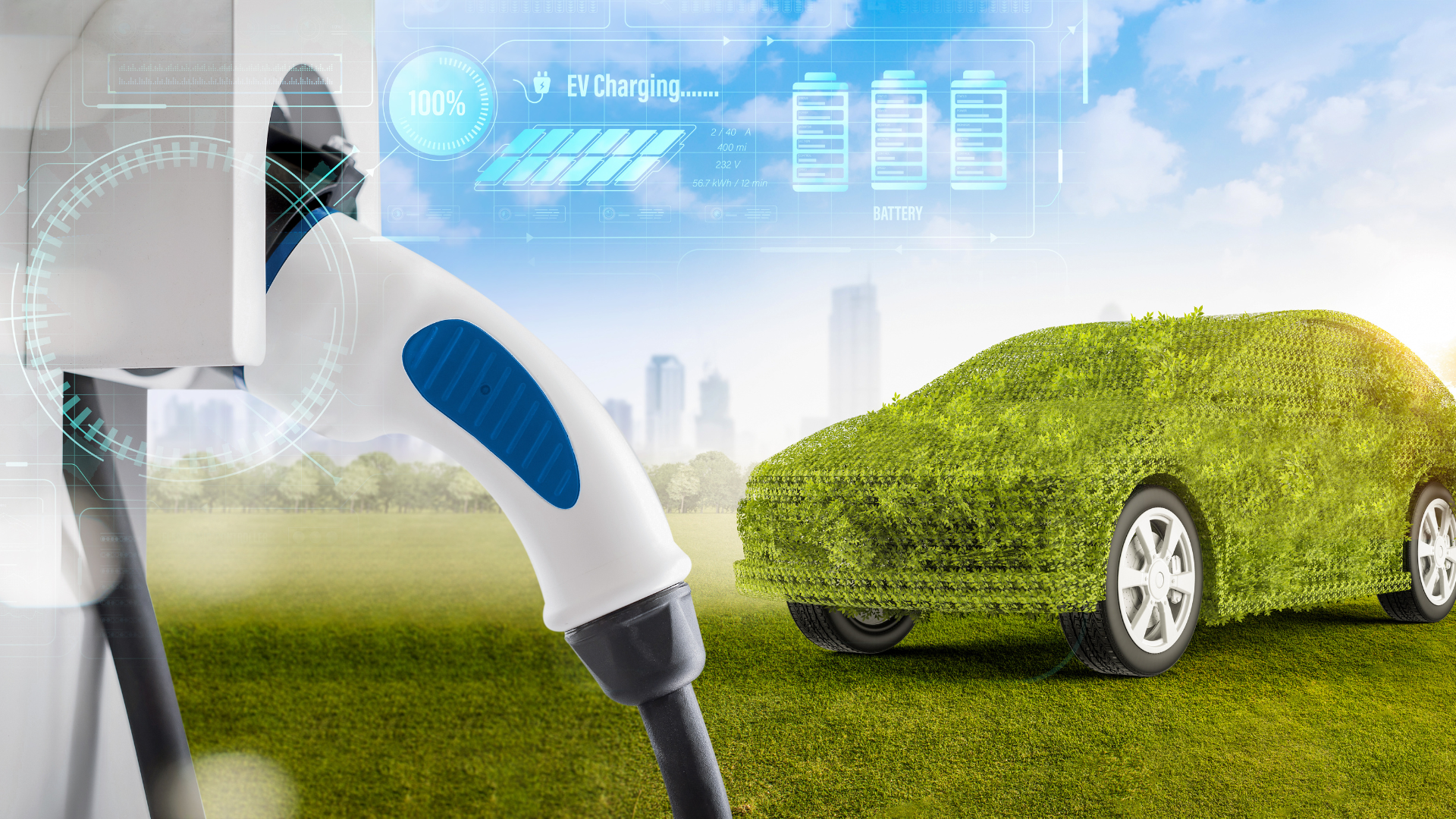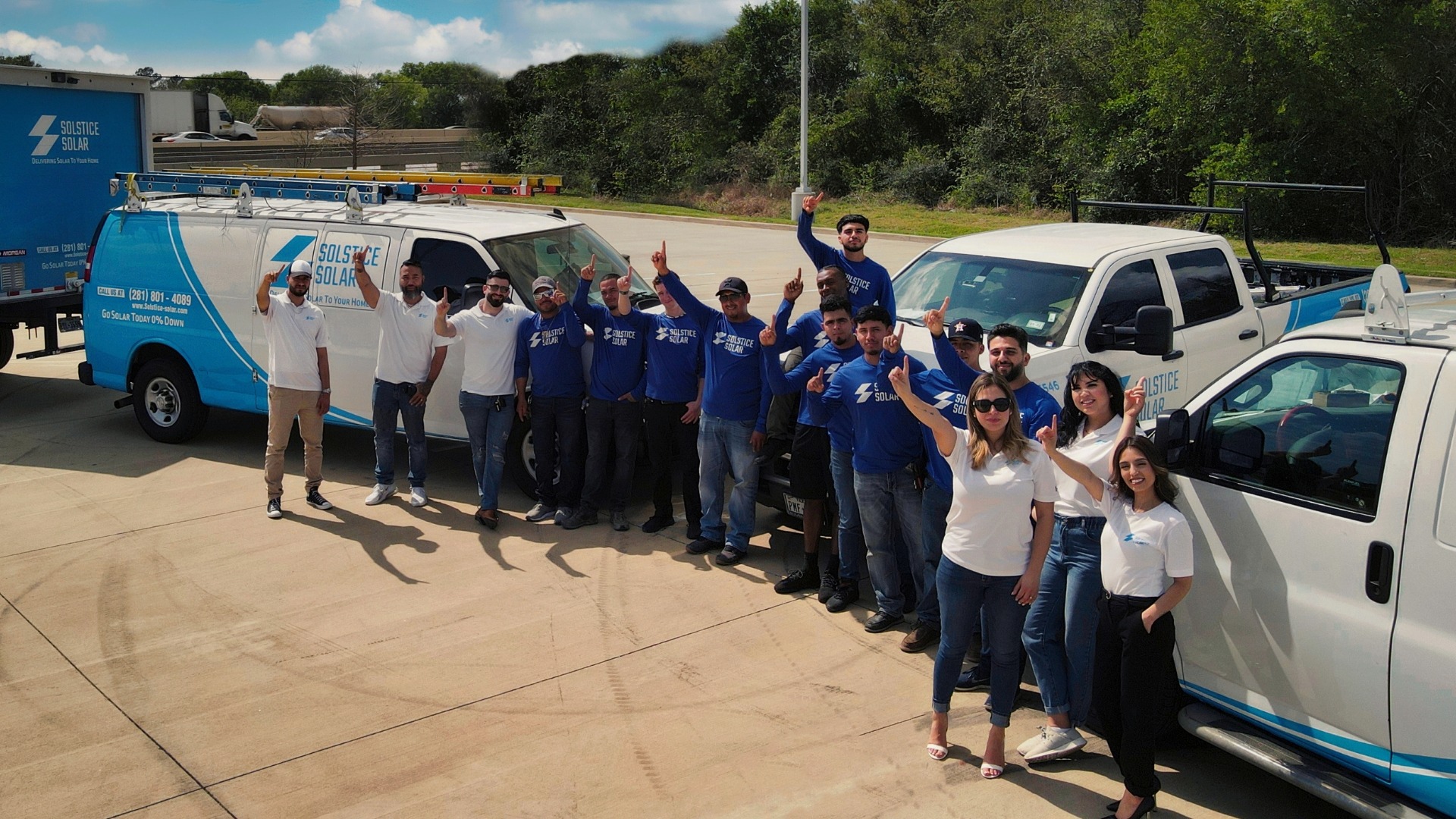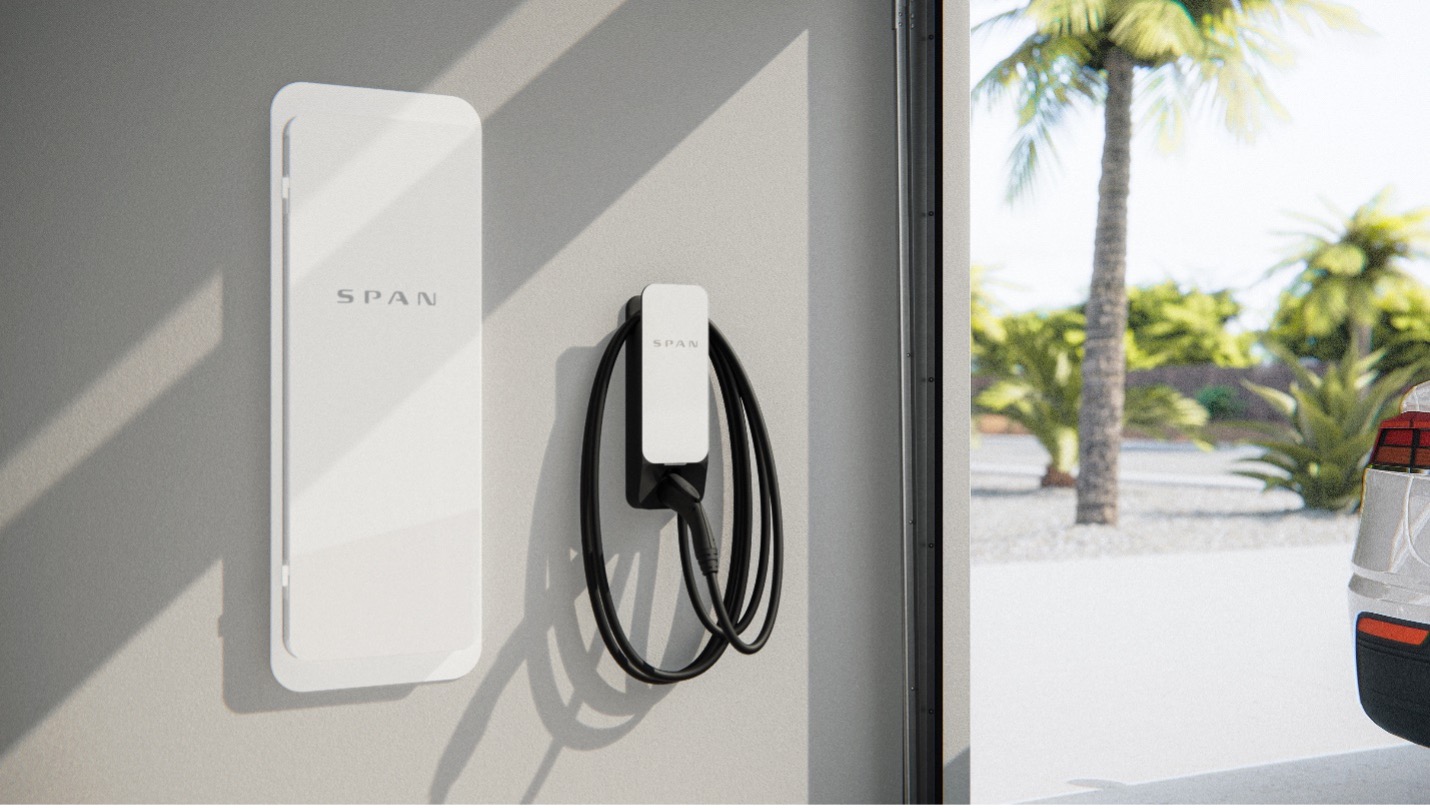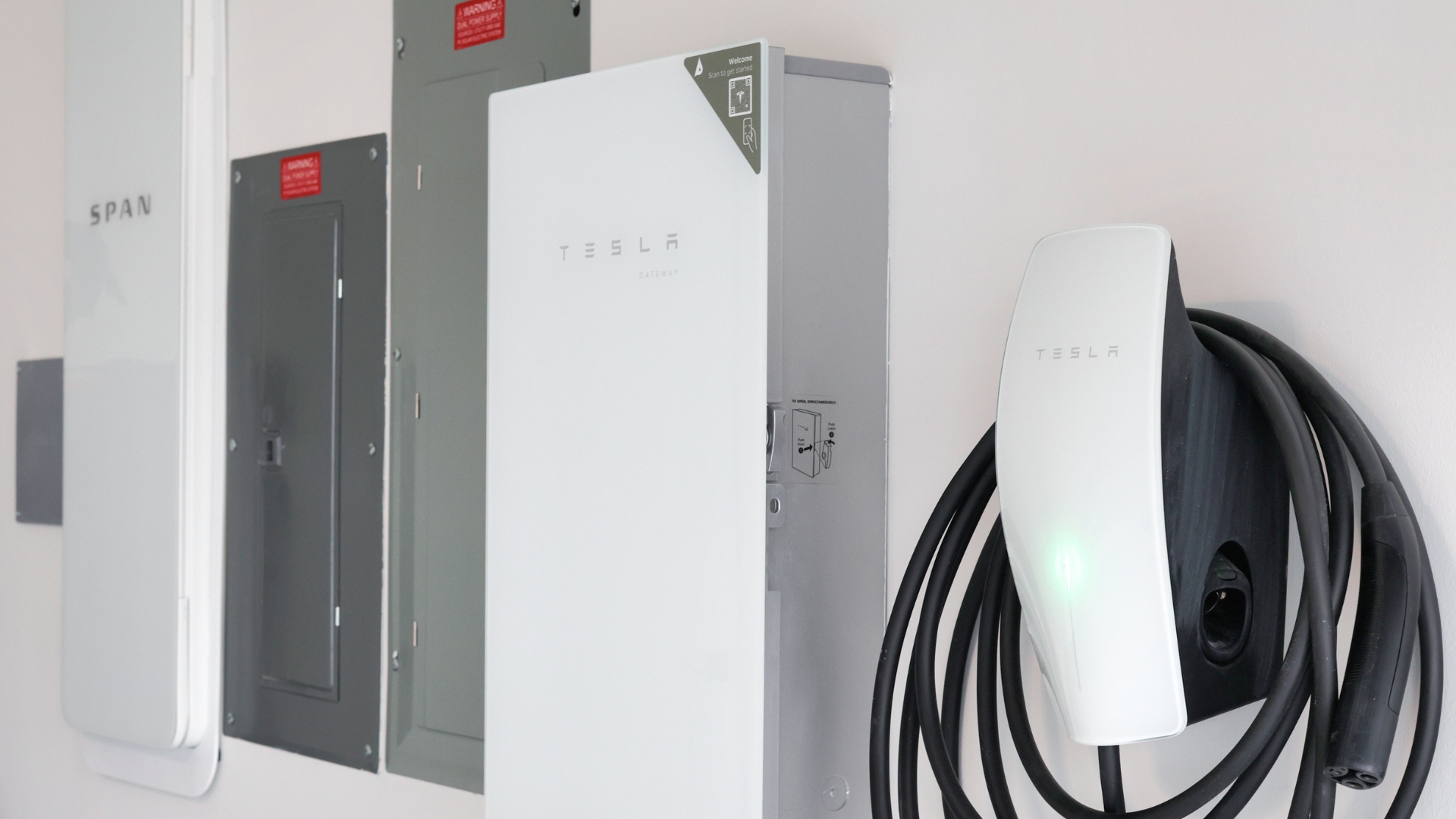How to Choose the Right EV Charger for Your Home
With the shift toward embracing sustainability, more individuals are investing in electric vehicles (EVs), leading to a growing demand for installing home EV charging stations. However, choosing the right EV charger is a critical decision, and with various options available in the market, it is not an easy decision to make. When choosing the right EV charger, it is important to consider factors such as charging speed, installation requirements, cost and postenal to enhance your setup with solar. To ease the decision making process, in this guide we will break down the types of EV chargers available in the market and explore key factors to help you select the best EV charger for your home.
Types and Speeds of EV Chargers
With advancements in technology and the growing demand for EV chargers, several types are now available on the market, including Level 1, Level 2, and Level 3 chargers, each designed to meet different needs and preferences.
To start, it’s important to understand the difference between Level 1 and Level 2 chargers. If you don’t drive much or have a smaller battery, a Level 1 charger might be the best option. It uses a standard 120V outlet, making it easy to set up at home, though it’s the slowest option, providing only about 3-5 miles of range per hour. On the other hand, a Level 2 charger is better suited for those who drive longer distances or want faster charging. It requires a 240V outlet and delivers 25-30 miles of range per hour, offering a much quicker turnaround. Although a Level 2 charger requires a bit more setup, the benefit is a reliable charge that ensures your vehicle is fully powered by morning.
Lastly, there’s the Level 3 charger, also known as DC Fast Chargers. While becoming more common in public spaces, these chargers aren’t typically installed in homes. Designed for rapid charging, they are most often found along highways, catering to long-distance travelers needing a quick charge.
EV Charger Installation and Home Setup
Before installing a home EV charging station, it’s a good idea to talk to a licensed electrician to make sure your home’s electrical system can handle it, especially if you’re going for a Level 2 charger that needs a 240V outlet. Also, think about where you’ll put the charger. If it’s in your garage, make sure there’s easy access to power and enough room to park safely. For outdoor installations, choose a charger that can withstand the elements.
Another important factor to consider when choosing an EV charger is its compatibility with your electric vehicle. Most EVs use the SAE J1772 plug, which works with most chargers. However, some vehicles, such as Tesla, have proprietary plugs, though adapters can make them compatible with other chargers. Ensuring that your charger matches your vehicle’s requirements will help you avoid future complications.
Integrating Solar with Your EV Charger
Choosing the type of EV charger is just one part of the decision-making process of setting up a home charging station. Another important consideration when deciding to create a charging station at home is integrating your EV charger with solar panels, which is becoming increasingly popular. By pairing your charger with solar power, you can use renewable energy to charge your vehicle, lower your electricity bills, and reduce your carbon footprint. Solar panels enable daytime charging with sun-generated energy, and with solar batteries, you can store excess energy for nighttime use. This approach not only decreases your reliance on the grid but also offers long-term savings and enhances your home’s energy efficiency as EVs become more widespread.
Cost and Future-Proofing Your EV Charger
The cost of installing an EV charger can vary based on several factors, including the type of charger you choose and any additional features or installation needs. A level 1 charger usually comes with your EV, but if you’re opting for a level 2 charger, prices typically range from $300 to $1,000, depending on the features you select. Smart chargers, which offer extras like remote monitoring, tend to be on the higher end. Installation costs, including potential electrical upgrades, usually fall between $500 and $2,000. If you’re also considering adding solar panels to your setup, this could increase the initial cost, though you might benefit from tax credits and rebates. For a precise quote tailored to your specific needs and preferences, it’s best to reach out to a local installer. Investing in a Level 2 charger and pairing it with solar energy can help save you money in the long run, make your home more eco-friendly, and increase its value as EVs become more popular.
In conclusion, selecting the right EV charger for your home depends on understanding your daily driving habits, assessing your home’s electrical capacity, and deciding if you want to incorporate renewable energy sources like solar into your charging setup. Since each homeowner’s needs and circumstances can differ, it’s a good idea to speak with a professional to get personalized advice. For more detailed guidance, you can book a free solar consultation with our team. We’re certified in installing EV chargers and serving the Houston area, and we’re here to help you find the perfect solution for your home.







